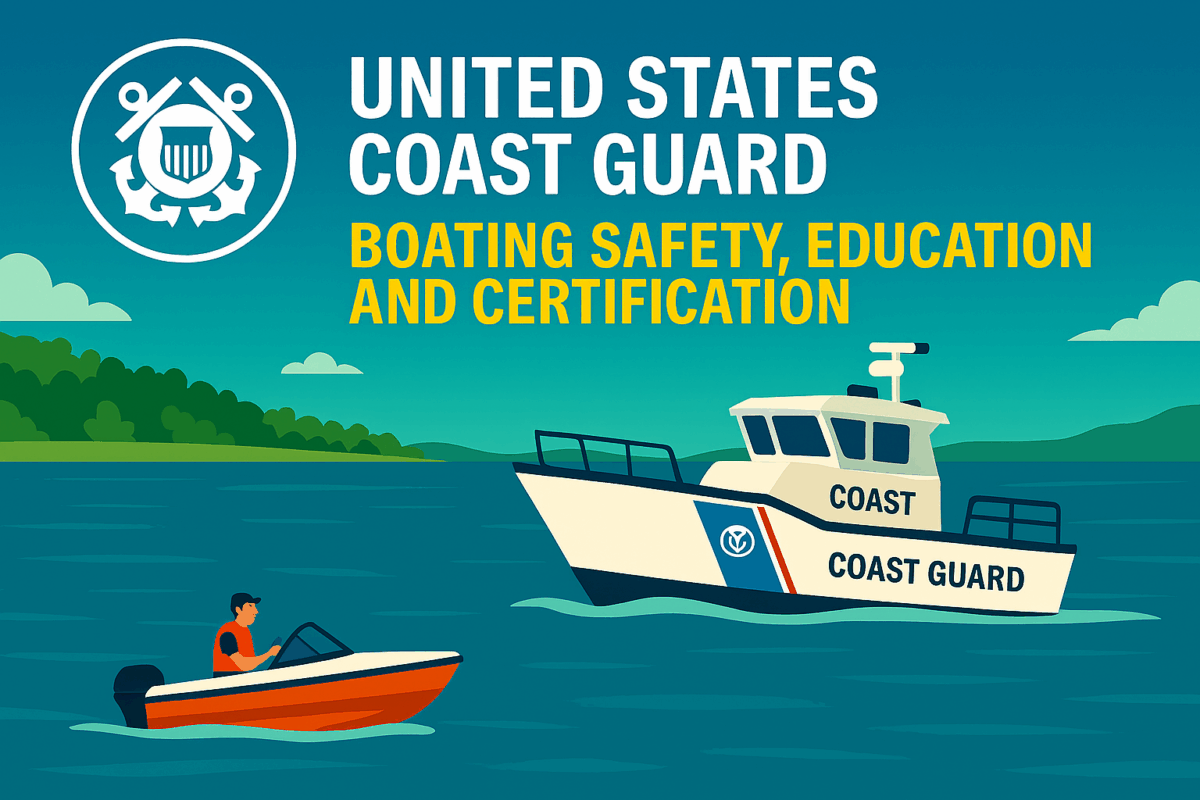Call: 1-800-832-7191

USCG Vessel Safety Checklist
Prepare with the USCG Vessel Safety Checklist
USCG Vessel Safety Checklist helps boat owners meet Coast Guard standards before heading out on the water. This essential tool covers equipment, documentation, and emergency procedures. Because safety matters, the checklist ensures vessels comply with federal regulations and operate responsibly.
Before departure, boaters should review the checklist thoroughly. It includes items like life jackets, fire extinguishers, and navigation lights. These checks reduce risk and improve readiness.
What the Checklist Covers
The checklist includes lifesaving equipment, firefighting systems, and pollution prevention measures. For example, vessels must carry properly sized life jackets for all passengers. Fire extinguishers must be accessible and fully charged.uscg
Additionally, the checklist verifies navigation tools such as compasses, charts, and radios. Because visibility and communication are critical, these items must function correctly. The vessel must also display valid registration and documentation.
Operators must confirm the presence of emergency drills and muster instructions. These procedures prepare crews for fire, flooding, or man-overboard scenarios.uscg
Why the USCG Vessel Safety Checklist Matters
USCG Vessel Safety Checklist promotes safe boating and protects lives. It also helps avoid fines and delays during inspections. Because regulations change, boaters must stay updated and follow current standards.
The checklist supports both recreational and commercial vessels. It applies to small passenger boats, fishing vessels, and charter operations. Each category has specific requirements based on size, route, and passenger capacity.uscg
Moreover, the checklist encourages a safety-first mindset. Crews who follow it demonstrate professionalism and care for their passengers. This builds trust and improves operational efficiency.
Stay Compliant and Confident
Using the USCG Vessel Safety Checklist builds confidence before every voyage. Boaters should complete it regularly, not just during inspections. Because emergencies can happen anytime, preparation is key.
Owners must also maintain service records and update safety gear as needed. Expired flares, damaged life jackets, or missing signage can lead to violations. Routine checks prevent these issues and keep vessels seaworthy.
Finally, boaters should report unsafe conditions or missing equipment. This feedback helps improve safety across the maritime community. Together, we can reduce accidents and promote responsible boating.
